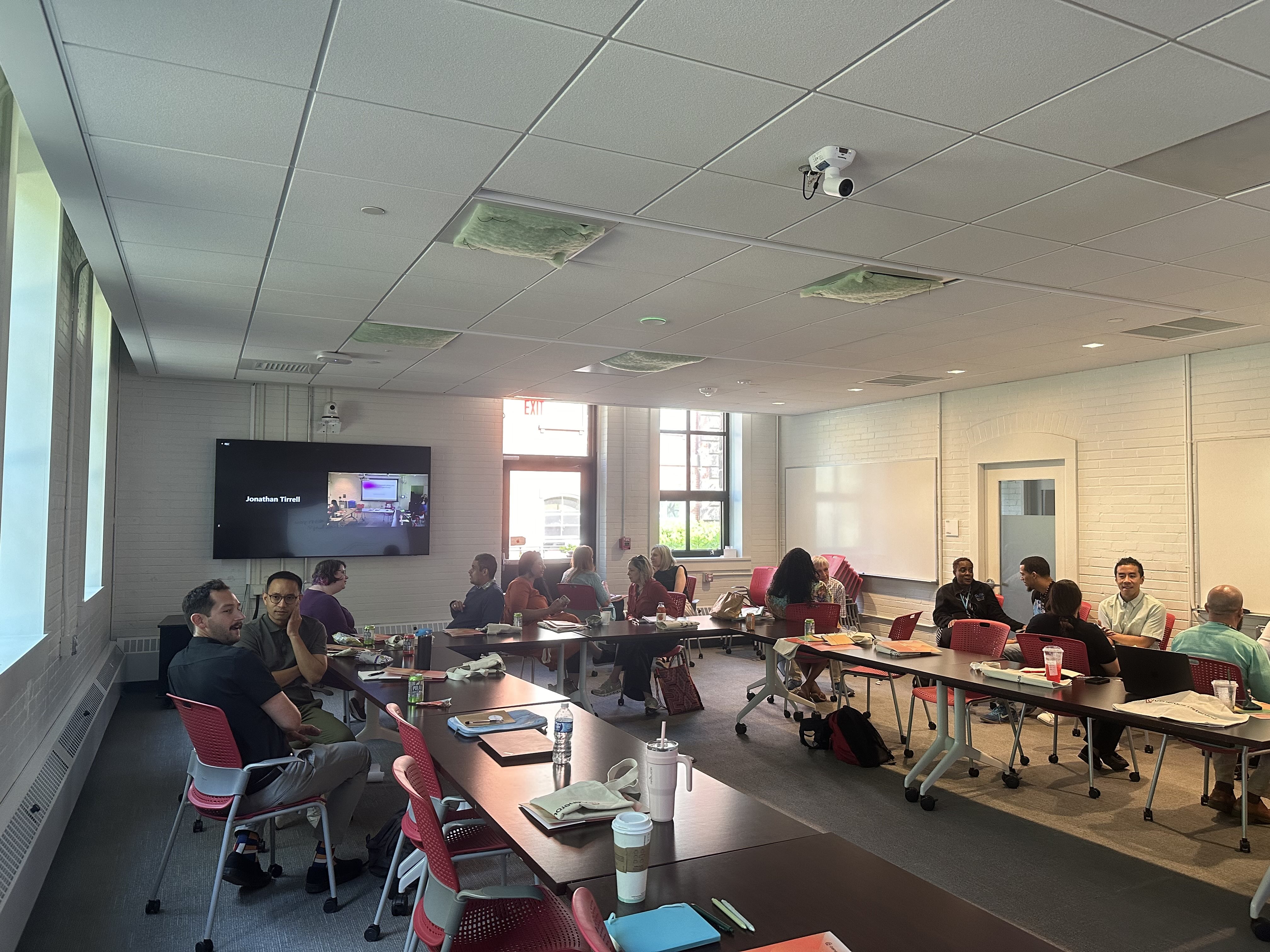Buse Küçük is a talented Social Media and Communications Intern known for her creative approach and problem-solving skills. With a background in volunteering for projects under the Turkish Psychology Students Working Group (TPÖÇG) and active participation in volunteer projects within Koç University, Buse is dedicated to making a positive impact in her community. Currently a ...
Read 3 mins
7 Distinct Listening Styles
Blog
Author
Vuslat Foundation
Keywords
Self-awareness
Blog
Author
Vuslat Foundation
Keywords
Self-awareness
In the grand orchestra of communication, listening takes center stage, playing a melody of connection and understanding. To truly embrace generous listening, it’s paramount to recognize that not all listening is created equal. Each listening style is a unique instrument, employed in distinct moments for diverse purposes. Let’s unravel the harmonies of seven distinct listening styles, each contributing its own notes to the symphony of understanding.
1. Informational Listening: Unveiling the Layers of Knowledge
Picture this: you’re fully immersed, your concentration unwavering. Informational listening is the key to unlocking the door to knowledge. In this style, we engage deeply, striving not only to hear but to understand and retain valuable information. It’s the attentive stance we adopt in a classroom, seminar, or during an insightful conversation.
2. Discriminative Listening: The Art of Reading Between the Lines
In the subtle dance of conversation, our innate ability to discern non-verbal cues takes the lead. Discriminative listening is the interpretative dance of communication, where we read between the lines. It involves tuning into the unsaid, interpreting gestures, tone, and expressions—an art essential for grasping the complete picture.
3. Biased Listening: Shaping Reality Through Selective Focus
Enter the realm of biased listening, where our focus becomes a sculptor shaping reality. In this mode, we selectively hear what aligns with our beliefs, preferences, or preconceived notions. It’s a double-edged sword, influencing our understanding by filtering information through the lens of our biases.
4. Sympathetic Listening: Embracing the Emotional Symphony
Sometimes, listening transcends the realm of words and delves into the realm of emotions. Sympathetic listening is an emotional embrace. It’s when we focus not just on the words spoken, but on the emotional currents beneath. Here, we navigate the landscape of feelings, creating a deeper connection with the speaker’s emotional state.
5. Comprehensive Listening: Decoding the Language Mosaic
Language, a mosaic of meaning, requires a specific listening skill—comprehensive listening. It’s the decoding of words, understanding linguistic nuances, and piecing together the puzzle of the message. This style relies on language skills to analyze the spoken words and truly comprehend the communicated message.
6. Empathetic Listening: Stepping into Another’s Shoes
In the tapestry of understanding, empathetic listening is the thread that weaves connection. It goes beyond comprehension—it’s about feeling. This style involves stepping into another’s shoes, experiencing the world from their perspective. Empathetic listening fosters a profound understanding of the speaker’s emotions and experiences.
7. Critical Listening: The Analytical Prelude
For those seeking the deeper layers of truth, critical listening is the analytical prelude. This style involves not merely accepting information at face value but delving into analysis and evaluation. Critical listeners dissect information, question assumptions, and engage in a dialogue of discernment.
In the vibrant spectrum of listening styles, each note contributes to the melody of communication. As we navigate through these distinct styles, we not only enhance our listening skills but also enrich our connections. Embrace the diversity of listening styles, and let the symphony of understanding play on!


